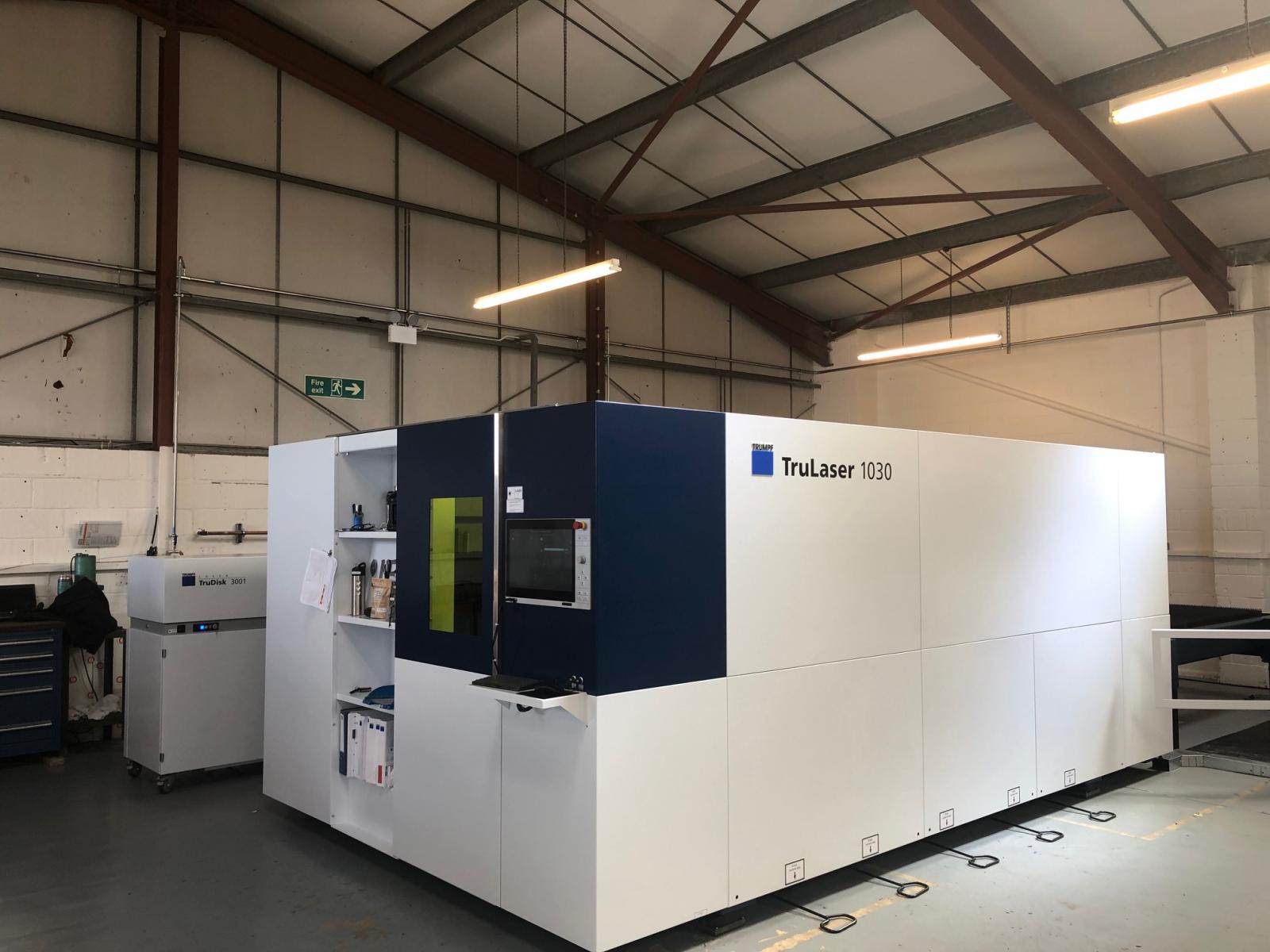
Cambridge Rapid Components, which serves the furnace, scientific, laboratory and security industries, has installed its first laser to remove outsourcing costs and give it greater control over production.
After its formation some 32 years ago, the family-run subcontractor has grown to employ 14 staff, with more soon to follow. Core business in recent years has focused on the supply of stainless steel barriers to the furnace sector. This contract requires the processing of high-temperature 310 and 330 grade stainless steel.
Most of the sheet work handled by Cambridge Rapid Components is between 0.9 and 3 mm thick, but occasionally up to 5 mm. Until recently, the company was relying on its in-house TRUMPF TruPunch 1000 (installed 2015) and outsourced laser-cutting suppliers. However, following a business review, this strategy has changed.
Cambridge Rapid Components, which serves both domestic and export markets, has just completed a re-launch, an activity which included new capital investment and new premises. Relocating to nearby Haverhill has increased the available floor space for the company, creating room for the new Trumpf TruLaser 1030 fiber, which is just the second such model in the UK.
“We wanted to bring the speed and finish of laser cutting in-house as we knew this technology was ideal for the high-value items we supply, particularly the high-tolerance, high-complexity thermal barriers, as well as other parts for the laboratory and biomedical sectors,” explains Esther Cornell, Director at Cambridge Rapid Components. “We have the biomedical capital of the world on our doorstep, so this investment will help capture even more market share.”
On a typical basis, the company accommodates batch sizes extending from 1 to 100-off, and the new machine is already working hard.
“It’s fantastic what we can do with the TruLaser 1030,” says Esther. “We’re getting whole sets of parts off the machine and can now undertake full product builds, which makes a big difference to our business. We’re running the laser alongside our existing Trumpf TruPunch 1000, which has been retained for aluminium parts and some engraving work.”
Installed in June 2019, the entry-level CNC profiling centre is complemented by Trumpf’s TruTops Boost software for the 2D/3D design and programming of laser, punching and bending machines.
“We’ve transferred some jobs to the TRUMPF TruLaser 1030 fiber that we previously ran on our TruPunch 1000, a process which has been made considerably easier with TruTops Boost,” explains Esther.
Together, the TRUMPF TruLaser 1030 fiber and TruTops Boost software will help Cambridge Rapid Components achieve a number of notable gains. “For a start, we no longer need to outsource our laser cutting, which amounts to a significant monthly saving,” says Esther. “Also, due to the improved surface finish of laser cutting, we reduce the secondary deburring requirements sometimes needed when punching stainless steel. Perhaps most importantly of all, having extra capacity means we can grow our business and further support our commitment to on-time deliveries.”